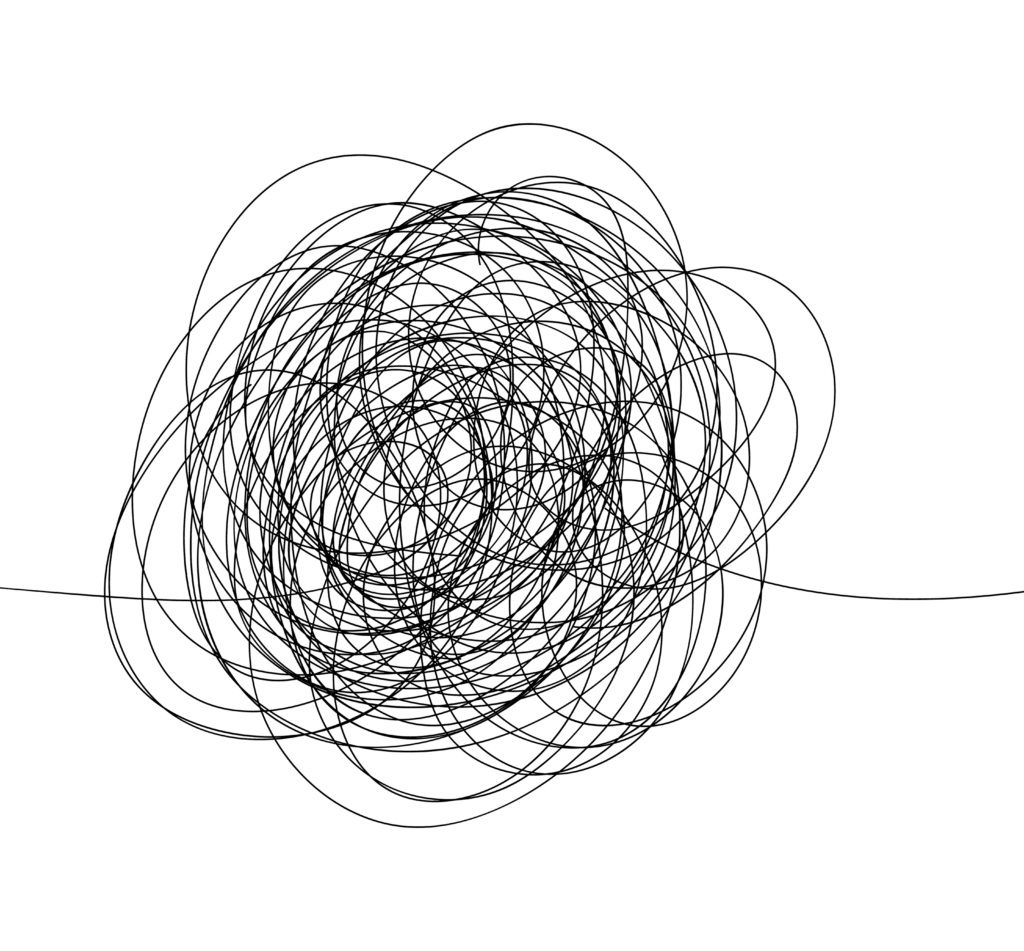AI Hallucinates & Threatens Business
A SYNOPSIS OF THE PROBLEM

Artificial intelligence (AI) has made significant strides in recent years. It can drive cars, diagnose diseases, and even generate art. However, some puzzling issues remain, one of the worst being AI hallucinations. No, we’re not talking about something silly like robots seeing pink elephants; as CNN points out, along with Google and many others, the problem is serious.
Let’s delve into why AI sometimes produces bizarre and inaccurate outputs. Because the problem is serious, especially for businesses, if we do not address it, the joke will be on us.
The Technical Side
At the core of AI, especially in models like GPT-4, are neural networks. These networks mimic the human brain’s structure, using layers of interconnected nodes to process and generate data. They learn patterns from vast amounts of information, allowing them to generate human-like text or make complex decisions.
However, this learning process is not foolproof. AI systems are only as good as the data they are trained on. If the training data contains errors, biases, or inconsistencies, the AI will likely replicate those issues. This is where things get interesting—and sometimes a bit weird.
For example, users on Reddit have reported how when two AIs converse, conversation denigrates. It is not as advanced as we might expect. They fizzle out in a sense, ending in loops such as “Thank you” and “No, thank you.”
Garbage In, Garbage Out
Imagine if Jimmy Fallon asked his writers for a joke, but they gave him a script from a sci-fi horror movie instead. The result would be hilariously off the mark. Similarly, if an AI is trained on faulty data, it might produce results that seem to come from another universe.
For instance, ask an AI to generate a recipe, and it might suggest adding a “cup of sadness” or “baking at the temperature of the sun.” These hallucinations happen because the AI is trying to make sense of incomplete or conflicting information.
The problem gets even bigger, though. As Brandon Carl has pointed out, even with perfect data, errors can still result. This is especially startling because it means that errors will never go away entirely.
Overfitting: AI’s Overconfidence
AI can also hallucinate when it overfits to its training data. Overfitting occurs when an AI model learns the training data too well, including the noise and irrelevant details. It becomes like that overly confident friend who always thinks they know the answer but often gets it wrong.
Picture this: you’re at a party, and someone asks a trivia question. Your friend confidently shouts out a wildly incorrect answer. Everyone laughs. Similarly, an overfitted AI might give a very confident but completely incorrect response, making us question its judgment.
Lack of Real-World Understanding
Despite their impressive capabilities, AI systems lack true understanding. They don’t have experiences, emotions, or common sense. They’re excellent at pattern recognition but terrible at context. (The “artificial” in AI means that its intelligence resembles real intelligence; it is a resemblance based upon probability rather than actuality.)
Imagine a comedian reading off a list of random phrases. He might make it work with his charm, but an AI doesn’t have that luxury. Without context, it might interpret a simple instruction like “write a letter” in bizarre ways, possibly generating a letter to your toaster about its existential dread.
Again, AI works with patterns, but application (corresponding one situation with another) is not the same as contextualization. This is why AI can excel at repeating words from another situation, though those words might be very unfitting for your particular situation. For example, AI can successfully write a wedding reception speech, but the results will not be contextual for you — so it will be generic and not personalized.
The Role of Noise and Randomness
AI models sometimes introduce noise and randomness in their outputs to simulate creativity and variability. While this can produce novel and interesting results, it can also lead to hallucinations.
Again, it’s like giving a comedian a set of words and asking them to improvise a joke. Sometimes they’ll strike gold, but other times you’ll get a nonsensical punchline that leaves the audience scratching their heads.
Addressing AI Hallucinations
So, how do we mitigate these hallucinations? Here are a few approaches:
- Better Data: Ensuring the training data is accurate, diverse, and representative.
- Regular Updates: Continuously updating the AI with new, clean data.
- Human Oversight: Involving human experts to review and correct AI outputs.
- Enhanced Algorithms: Developing algorithms that can better handle ambiguities and context.
But again, these are steps for mitigation not eradication. We will continue to see AI make errors, and we fool ourselves if we think AI will be errorless. This is why step 3, the only step in your control, is so important.
Impact on Business
AI hallucinations are a fascinating and sometimes humorous side effect of our quest for smarter machines. While they can be frustrating, they also remind us of the complexity and limitations of artificial intelligence. As we continue to refine these systems, we’ll get closer to a world where AI is both highly capable and reliably accurate.
Until then, let’s enjoy the occasional laugh at an AI’s expense and appreciate the incredible technology behind it. And remember, the next time your AI assistant suggests something absurd, it’s not malfunctioning—it’s just having a little hallucination.
When it comes to things like small business content development, then, it is essential to utilize human editors. For example, PaperBlazer uses Advanced Intelligence, which utilizes human editing and only sparingly uses digital tools, which leads to much more accurate results.


